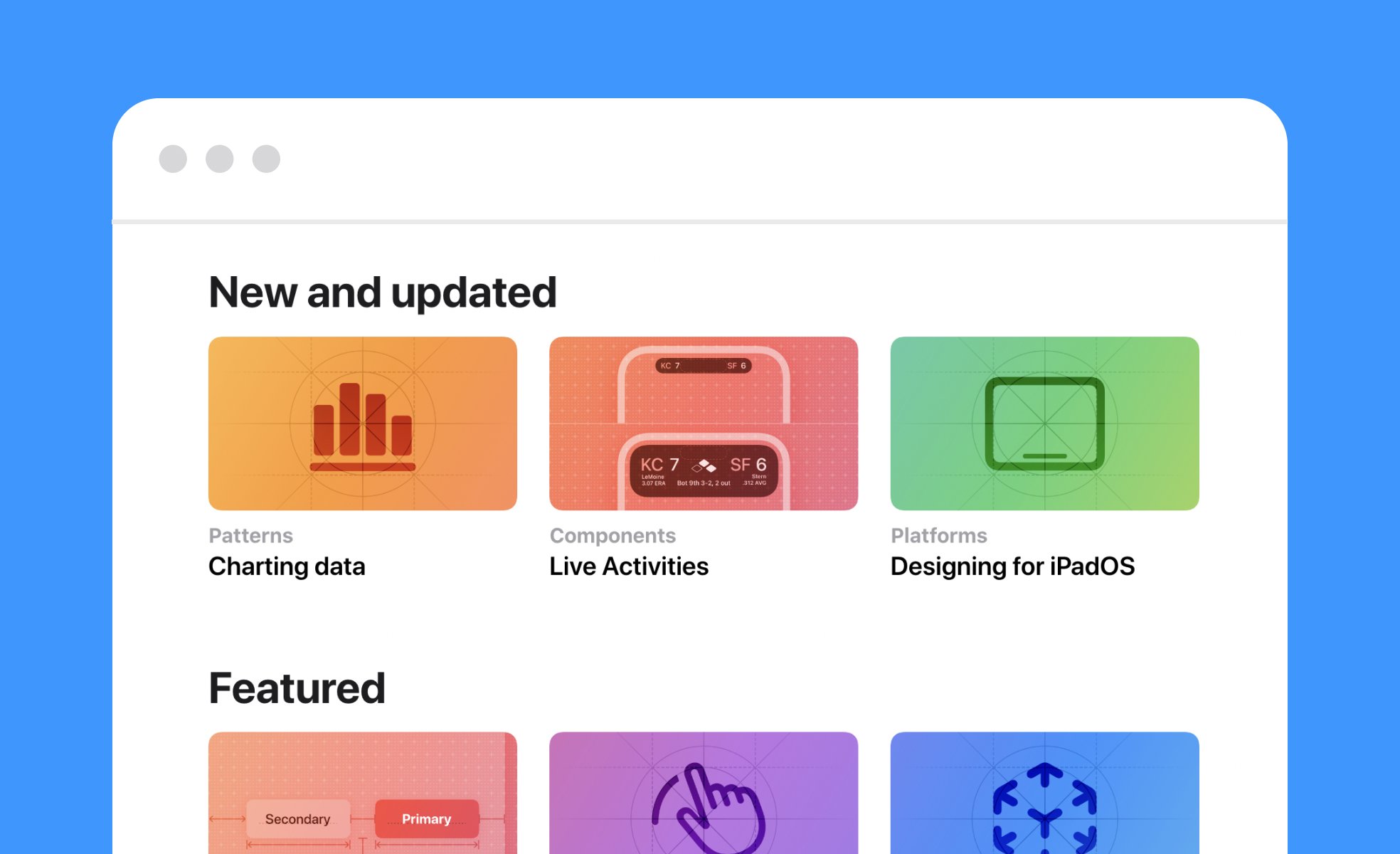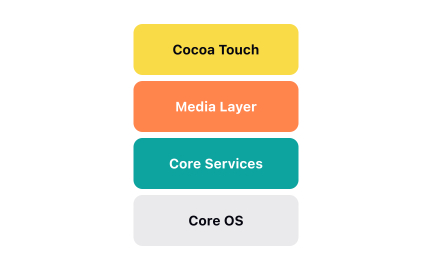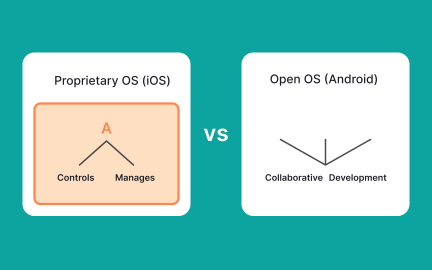Human Interface Guidelines (HIG)
Human Interface Guidelines (HIG) are design standards that help provide consistent, accessible, and user-friendly interfaces across digital platforms.

TL;DR
- Official design standards from platform providers.
- Ensure consistency across apps and operating systems.
- Cover layout, navigation, typography, and interactions.
- Help products feel native and intuitive to users.
What is Human Interface Guidelines (HIG)?
Human Interface Guidelines (HIG) are documentation sets provided by platform creators that define how digital products should look, behave, and interact, giving developers and designers clear rules for building consistent, user-friendly applications.
Detailed Overview
Human Interface Guidelines exist to create harmony between products and platforms. Without shared standards, every app would behave differently, leaving users to relearn basic interactions across products. HIG sets provide the rules and recommendations that make apps feel “native” to their environment, whether on iOS, Android, or other platforms.
A common question is why following HIG matters. Products that ignore them often feel disjointed, confusing, or out of place. For example, if an iOS app uses custom navigation patterns that don’t resemble other iOS apps, users may hesitate or abandon the app. By following HIG, products tap into users’ mental models, which are shaped by their daily interactions with the platform.
Another frequent query is what HIG documents typically include. They cover everything from typography and spacing to navigation patterns, color use, and accessibility requirements. Apple’s HIG for iOS emphasizes clarity, depth, and deference to content, while Google’s Material Design guidelines provide structured rules for grids, motion, and interaction states. These guidelines not only make apps usable but also unify ecosystems across thousands of developers.
Teams also ask whether HIG should be followed strictly or flexibly. The answer is both. Core interaction models, such as navigation structures and gestures, should align closely with the guidelines. Visual treatments and branding can be adapted, as long as they don’t compromise usability. Companies that innovate within the boundaries of HIG often create apps that feel unique but still intuitive.
Another recurring question involves the relationship between HIG and design systems. HIG provides the universal rules set by the platform owner, while a company’s design system translates those rules into brand-specific practices. Together, they ensure that a product feels consistent both with the platform and with the company’s identity.
Finally, teams often ask about the role of HIG in accessibility. Because HIGs are platform-level, they embed accessibility best practices into their standards. For example, Apple’s HIG includes guidance on dynamic type, color contrast, and VoiceOver support.
Learn how to use and apply Apple's HIG with our Apple Human Interface Guidelines course.
You don’t need to follow them to the letter, but straying too far creates usability risks. The closer you stay to the guidelines on navigation, gestures, and interaction feedback, the more natural your product will feel. Branding and visual style can be adapted, as long as core usability principles remain intact.
Think of HIG as a foundation. Ignoring it entirely often results in friction and user frustration, while thoughtful adaptation can balance consistency with brand identity.
Both are guidelines, but from different providers. Apple publishes the Human Interface Guidelines for iOS, macOS, and watchOS, while Google publishes Material Design for Android and other platforms. Apple emphasizes simplicity and content-first experiences, while Google provides detailed systems for motion, layering, and responsive layouts.
Both aim to ensure products feel consistent across ecosystems. Designers often work across both, tailoring products for the platform where they’ll live.
HIG provide platform-level rules, while design systems define brand-specific applications of those rules. For example, HIG might dictate button sizing and spacing, while your design system defines colors, typography, and iconography.
When aligned properly, HIG and design systems complement each other, ensuring a product feels native to the platform while still reflecting the company’s identity.
Yes, to a large extent. HIG embed accessibility requirements into their guidelines, covering elements like text size, color contrast, and touch target sizes. By following them, teams inherently support more inclusive experiences.
That said, accessibility testing is still essential. HIG sets a strong foundation, but only real-world validation confirms whether diverse users can navigate and engage effectively.
Yes, they evolve with each major platform update. Apple, Google, and others release new guidance when introducing features or design shifts, such as gestures, dark mode, or adaptive layouts.
Teams that keep up with these updates ensure their apps stay relevant and avoid usability gaps that emerge when patterns evolve. Regular reviews of the guidelines help maintain alignment with platform expectations.
Recommended resources
Courses

UX Design Foundations

Design Terminology

Common Design Patterns
Exercises
Projects

Lazy Ant - Web3 Community Builder Mobile App - Case Study

404 Error Page for Fintech Platform Bankr💸











